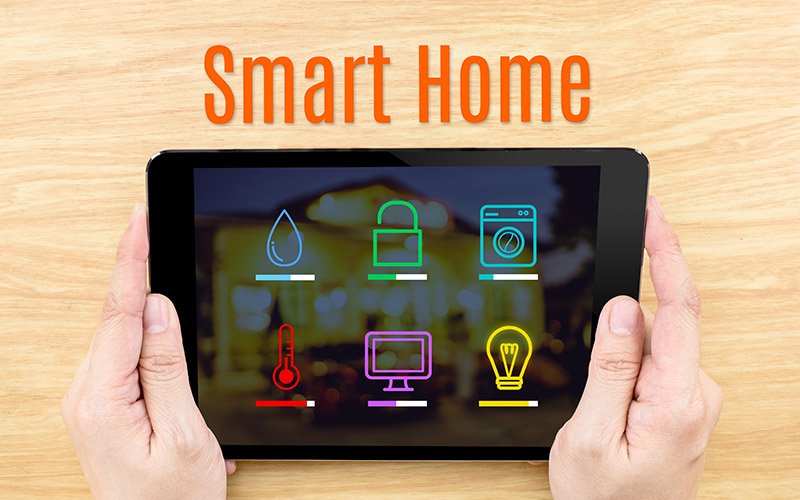
by GroupM7 | Mar 24, 2018 | Blog
A Guide to Energy-Efficient Landscaping Mar 24, 2018 When looking for ways to improve energy efficiency, many Gilmer, Texas, homeowners immediately think to install a new thermostat or HVAC system. However, one of the most innovative ways to improve your home’s...

by GroupM7 | Mar 23, 2018 | Blog
What Does REME technology mean for Longview TX? Feb 3, 2012 Air conditioner sounds should blend into the background, becoming white noise in your Kilgore, Texas, home. However, unusual clanks, squeals and bangs could indicate a problem with your HVAC system,...

by GroupM7 | Mar 18, 2018 | Blog
What Does REME technology mean for Longview TX? Feb 3, 2012 It’s pretty obvious that good indoor air quality in your Longview, Texas, home is important for your respiratory health. What you may not know is that indoor air quality can play a big role in how well you...

by GroupM7 | Mar 16, 2018 | Blog
What Does REME technology mean for Longview TX? Feb 3, 2012 When it comes to controlling your home’s temperature, you can’t beat a smart thermostat. Smart technology is something every homeowner in Overton, Texas, can appreciate. But how can you choose the right smart...





